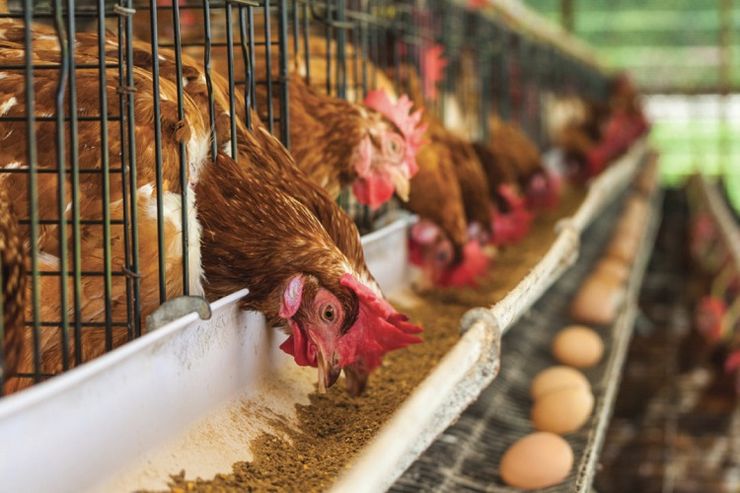Egg production dip incentivises Philippines’ broiler producers

While a decrease in egg production has resulted from challenges of avian influenza in the Philippines, it is expected that chicken meat will pick up the slack as an alternative less expensive protein for the country’s growing economy.
Due to a growing economy, the USDA forecasts that chicken meat consumption in 2023 at 1.835 million mt compared to 1.755 mmt in 2022 and 1.780 mmt in 2021.
Even with this slight increase in consumption expected, poultry integrators and commercial raisers in the Philippines are wary of rolling out significant expansion plans this year because of the threat of avian influenza and the high cost of feed ingredients. Nevertheless, chicken meat production in 2023 is forecast to be 1.36 million mt (compared to 1.3 mmt in 2022). It is also worth noting that chicken prices have been increasing since August 2022, which is offset by high production cost for producers and putting a strain on their operations.
Meanwhile, a decline in egg production is anticipated, but it is expected that this will incentivise broiler producers to increase production since broiler meat is an alternative source of less expensive protein.
The EU is a major source of parent stock layers for the Philippines. In 2020, 564,000 head parent stock layers were imported. The USDA notes that, according to industry contacts, parent stock layer imports for 2021 was around 625,000 head, while from January to November 2022, it was at 450,000 head, which indicates a sharp decline. This is a direct result of the avian influenza outbreaks experienced in Europe in 2022, which resulted in a decline in exports to the Philippines, as was also seen with white meat trade.
The impending reversion of mechanically deboned meat (MDM) tariffs to 30% in-quota and 40% out-quota from 1 January 2023 is problematic for the industry, says the report. From January to October 2022, MDM is 60% of total chicken imports according to data from the Bureau of Animal Industry. It is believed, however, that the lower tariffs will be extended given MDM’s importance to the meat processing industry.
Industry contacts said that there will be minimal effect on MDM imports regardless of whether the lower tariff rate is extended or not – higher or lower cost MDM will just be passed on the consumers.
The Department of Agriculture has lifted the ban on poultry imports from Nova Scotia (Canada), Missouri (US), Belgium, and Spain. Meanwhile, due to highly pathogenic avian influenza outbreaks, poultry imports have been banned from Poland, Ireland, Denmark, Czech Republic, Chinese Taipei, Ecuador, Moldova, Peru, California (US), Hungary, and Japan.
Read also
Wheat in Southern Brazil Impacted by Dry Weather and Frosts
Oilseed Industry. Leaders and Strategies in the Times of a Great Change
Black Sea & Danube Region: Oilseed and Vegoil Markets Within Ongoing Transfor...
Serbia. The drought will cause extremely high losses for farmers this year
2023/24 Safrinha Corn in Brazil 91% Harvested
Write to us
Our manager will contact you soon



